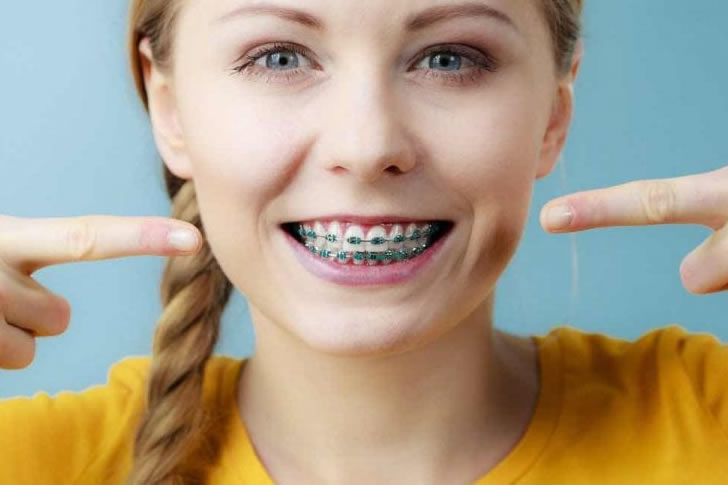A Comprehensive Guide To Braces
Embracing braces can be a monumental step towards achieving a confident smile. We’ve carried out detailed research, you’ll find the journey to straighter teeth is filled with possibilities.

In the world of dental care, braces have long stood as a cornerstone treatment for correcting misaligned teeth and jaws. While the prospect of getting braces might bring about a mix of excitement and apprehension, understanding what braces are, the benefits they offer, and the various types available can make the decision process much smoother. This guide aims to demystify braces, offering insight into how they work, the different kinds available, and what you can expect from your orthodontic journey.
What Are Braces?
Braces are orthodontic devices used to correct issues like crowded or crooked teeth, overbites, underbites, and incorrect jaw positions. By studying continuous pressure over time, braces gradually move teeth into the desired position, resulting in a healtauf dieser Seite bite and a more attractive smile.
Benefits of Getting Braces
Beyond the obvious aesthetic improvements, braces offer several health benefits:
- Improved Oral Health: Straight teeth are easier to clean, reducing the risk of cavities and gum disease.
- Enhanced Function: Correcting bite issues enhances chewing and speaking abilities.
- Reduced Wear and Tear: Evenly distributed bite pressure prevents excessive wear on certain teeth.
Types of Braces
Advancements in dental technology have introduced a variety of braces, catering to different needs and preferences:
- Traditional Metal Braces: The most common type, these consist of metal brackets attached to the teeth, connected by wires. Today’s metal braces are smaller and more comfortable than ever.
- Ceramic Braces: Similar in shape and size to metal braces, but with tooth-colored or clear brackets that blend in with the teeth, making them less noticeable.
- Lingual Braces: These are placed on the backside of the teeth, making them invisible from the front. Lingual braces can be more challenging to clean and might not be suitable for all types of corrections.
- Clear Aligners: Also known as “invisible braces,” clear aligners are custom-made, removable trays that fit over the teeth. They are virtually invisible and can be taken out for eating and cleaning.
Choosing the Right Type of Braces
Selecting the right type of braces depends on several factors, including the severity of dental issues, lifestyle, budget, and aesthetic preferences. An orthodontist can recommend the good option based on a thorough examination and discussion of your goals.
What to Expect When Getting Braces
The process of getting braces typically involves:
- Initial Consultation: Your orthodontist will assess your teeth and discuss treatment options.
- Preparation: This may include dental cleanings, extractions, or other procedures to prepare your teeth for braces.
- Application: The orthodontist attaches the braces to your teeth, a process that usually takes one to two hours.
- Adjustments: You’ll have regular appointments for adjustments and to monitor progress.
Life with Braces
Living with braces requires some adjustments, particularly in oral hygiene and diet. Brushing and flossing become more critical to prevent food particles from getting trapped in the braces. It’s also advisable to avoid hard, sticky, or chewy foods that can damage the braces.
Duration of Treatment
The length of treatment varies depending on the individual’s needs but typically ranges from one to three years. Following the removal of braces, most patients will need to wear a retainer to maintain the results.
Cost Considerations
The cost of braces varies widely based on the type of braces, the complexity of the issues being corrected, and geographic location. Many dental insurance plans offer partial coverage for orthodontic treatment, and flexible payment plans are often available.
Conclusion
Embracing the path to straighter teeth with braces can be a transformative journey, not just for your smile but for your overall oral health. With a variety of options available, personalized treatments, and the guidance of a skilled orthodontist, achieving the smile you’ve always wanted is more accessible than ever. Remember, the commitment to braces is a temporary journey with long-lasting benefits, leading to a confident, healthy smile that you’ll be proud to show off.







Recent Comments